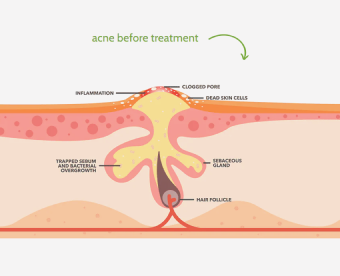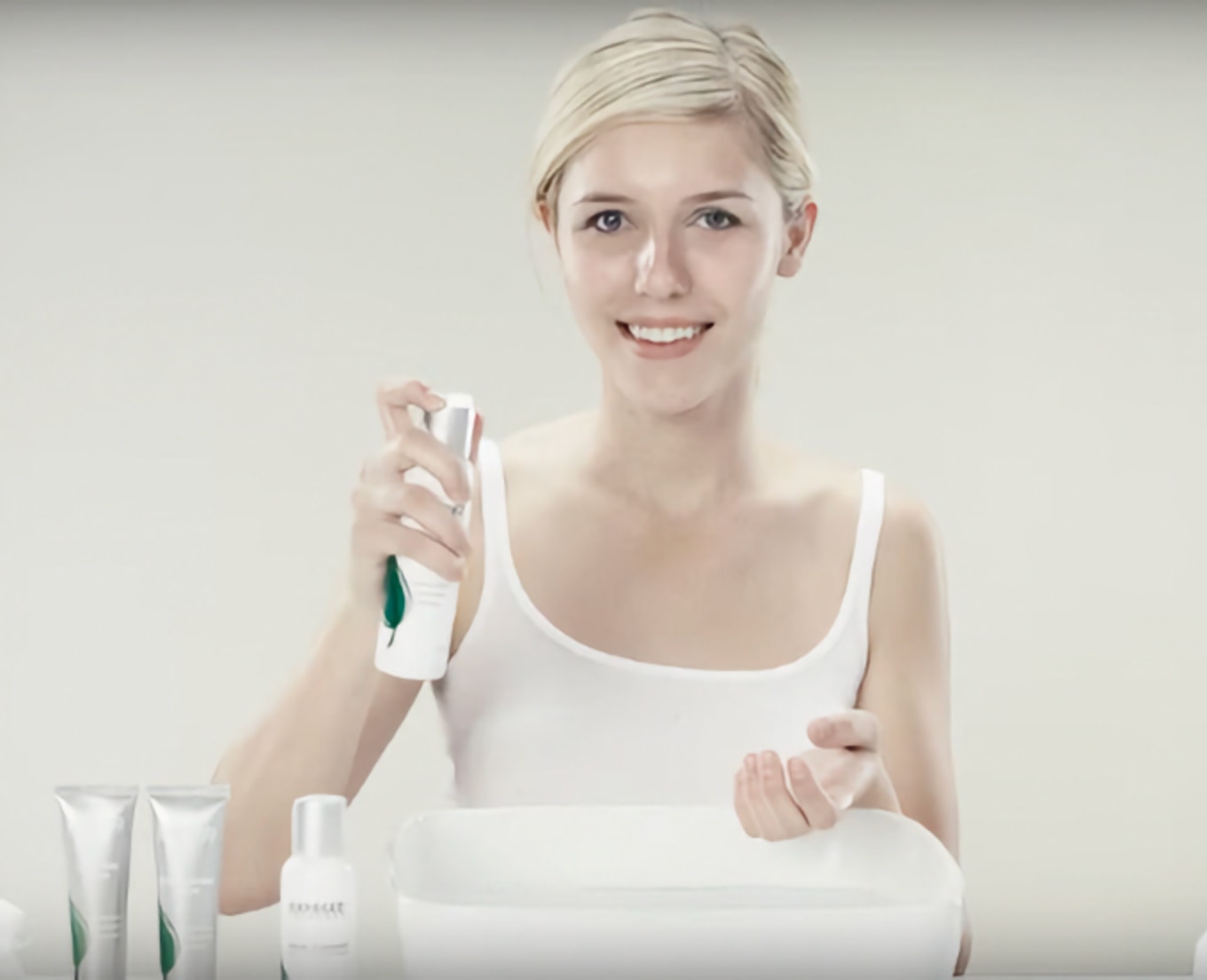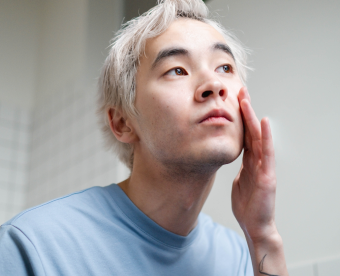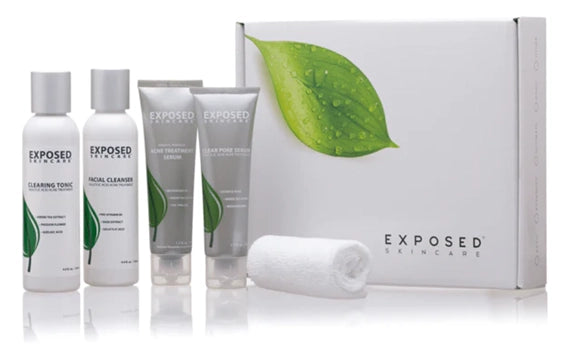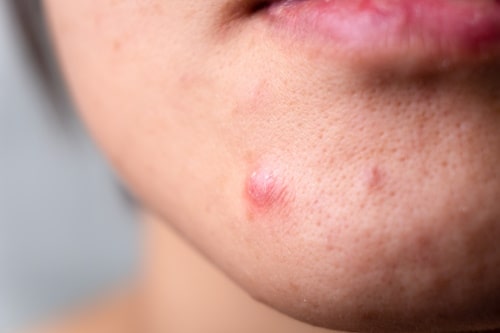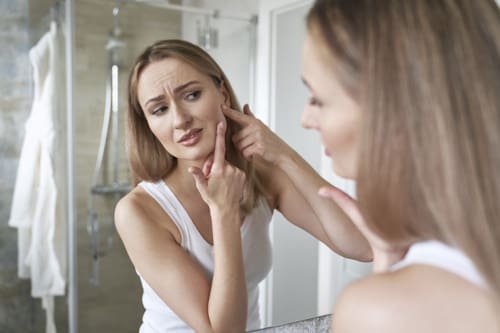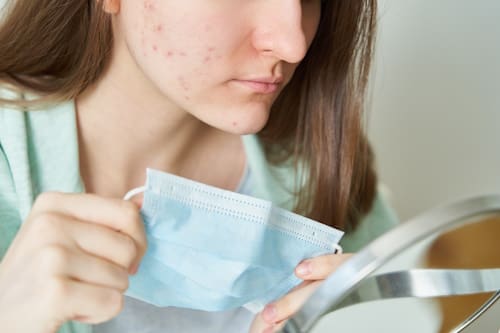Dermaplaning is a popular method to exfoliate the skin. It removes dead skin cells and attains a hairless and glowing appearance. While the treatment might sound appealing, using it specifically for dermaplaning acne is a subject that requires careful consideration.
This guide will dive into six reasons dermaplaning acne can be a bad idea. We'll explore each aspect in detail to provide you with a well-rounded understanding of the potential risks and concerns.
Also read: How to choose the best acne treatment
Biggest Take-Aways:
- Dermaplaning acne, although popular for exfoliation and hair removal, can lead to several problems, including irritation, worsening active acne, ineffective treatment of scars, and potentially spreading bacteria.
- The treatment might not be suitable for all skin types, particularly sensitive or acne-prone skin, due to risks like uneven results, potential infections, and unintended removal of healthy skin cells.
- While dermaplaning offers some benefits, its application for acne treatment poses risks and concerns, making it necessary to explore alternatives, especially for those with acne-prone skin.
- Exposed Skin Care products offer superior alternatives designed specifically for acne-prone skin. They offer targeted treatments, including pore cleansing and acne prevention, without the associated risks of dermaplaning.

Potential to Irritate Sensitive Skin
What Is Dermaplaning?
Dermaplaning uses an exfoliating blade or a specific instrument called a dermatome, like an electric razor or a scalpel, to gently scrape off the top layer of dead skin cells and peach fuzz. It's known for offering benefits like smoother texture and better absorption of skincare products.
The Effect on Sensitive Skin
For those with sensitive skin, dermaplaning may lead to irritation and additional skin concerns. Here's how:
- Spreading Bacteria: Spreading bacteria across your skin can lead to breakouts and infections.
- Skin Redness and Irritation: Sensitive skin may react negatively to the blade, causing redness and irritation.
- Inability to Differentiate Skin Type: Dermaplaning isn't selective; it affects all skin types and may harm sensitive or acne-prone skin.
Worsening of Active Acne
Why Active Acne Is a Concern
Active acne represents an ongoing skin condition. Dermaplaning acne, especially performed on active acne, can exacerbate the situation:
- Causing More Breakouts: The process may also cause further breakouts, spreading acne across the skin.
- Potential for Scarring: The wrong technique might cause acne scars, affecting the appearance of your skin.

Alternatives to Consider
For those prone to acne or experiencing active breakouts, consider the following:
- Gentle Exfoliation Treatment: Use methods to exfoliate the skin without a blade.
- Personalized Skincare Treatment: Tailor a skin treatment regimen that matches your specific skin condition.
Impact on Skin Health: Removing Top Layers of Your Skin
The Risks of Removing the Top Layer of Skin
Removing the top layer of the skin might sound appealing for fresher and healthier skin, but it comes with risks:
- Unintended Removal of Healthy Cells: Dermaplaning doesn't discriminate between dead and healthy skin cells, which may hinder cell turnover and skin health.
- Possible Hyperpigmentation: Different skin colors may react differently, leading to changes in skin color and dull skin.
Not Suitable for Acne Scars
Ineffectiveness on Acne Scars
While dermaplaning can help your acne in some cases by removing dead skin cells, it may not reduce the appearance of acne scars or be an effective treatment for deeper scars:
- Limited Impact on Texture: Dermaplaning might not improve the skin's texture where scarring exists.
- Potential to Make Scars More Visible: The procedure may actually make the appearance of acne scars more pronounced.

Spread of Acne Due to Vellus Hair Removal
Vellus Hair and Acne
Also known as peach fuzz, vellus hair is targeted during dermaplaning. Here's why removing it might cause acne:
- Spreading Bacteria Through Hair Removal: Bacteria may be spread through the removal process, causing acne.
- Potential Reaction from Skin: Your skin may react negatively to hair removal, leading to breakouts.
Size of the Area and Equipment Used
Concerns with Dermaplaning Blades and Area
Dermaplaning blades move back and forth to scrape off the top layer of the skin, and the size of the area treated can pose risks:
- Potential for Uneven Treatment: Depending on the size of the area, dermaplaning may cause uneven results, leaving your skin patchy.
- Risk of Infections: The blade that moves back and forth might carry bacteria and cause infections.
Benefits of Using Exposed Skin Care for Managing Acne: A Superior Alternative
While dermaplaning treatment offers several benefits for achieving hairless skin and reducing wrinkles, it may not be suitable for acne-prone skin. That's where Exposed Skin Care products come into play. These products are specially formulated to prevent acne, particularly for those who are more susceptible to breakouts.
Here's how Exposed Skin Care can be a potent alternative:
- Targeted Pore Cleansing: These products work deep into the pores, ensuring that impurities are removed, thus avoiding the spreading of bacteria that can cause acne.
- Wrinkle Reduction: With ingredients that nourish the skin, Exposed Skin Care can help reduce wrinkles' appearance, making your skin look youthful.
- Better Absorption: The formulation allows for better absorption of essential nutrients into the skin after the treatment, optimizing overall skin health.
- Preventing Acne: The products are crafted to combat and prevent acne, keeping your skin clear and radiant.
- Compatibility with Exfoliating Treatments: Unlike the risks associated with dermaplaning treatment, Exposed Skin Care products can be combined with gentle exfoliating treatments for smoother, hairless skin.
If you're searching for a safe and effective way to manage acne, especially if you have acne-prone skin, Exposed Skin Care products offer an excellent solution that complements the benefits of dermaplaning without its associated risks. It's a skincare approach that prioritizes the health and beauty of your skin.
Conclusion
Navigating the complex world of skincare, especially for acne-prone skin, requires thoughtful consideration and understanding of the various treatment options available.
While dermaplaning may offer certain benefits like hairless skin and removing dead cells, its application for treating acne reveals several drawbacks that can't be ignored.
For those with acne-prone skin, the potential irritation, uneven results, risk of spreading bacteria, and other associated issues make dermaplaning a questionable choice.
Instead, the emphasis should be on selecting products and treatments tailored to individual skin needs, focusing on prevention and effective management. Exposed Skin Care stands out as an exemplary solution in this context.
Specially designed to cater to acne-prone skin, it offers targeted treatment without the risks associated with dermaplaning. From pore cleansing to preventing acne and allowing for better absorption of nutrients, Exposed Skin Care represents a more holistic approach.
By understanding the unique challenges of acne-prone skin and selecting products like Exposed Skin Care, you can embrace a safe and effective skincare regimen that aligns with your specific needs and goals.
FAQs
Q: Can dermaplaning cause acne?
A: Yes, dermaplaning can cause acne, especially if it's done on sensitive or acne-prone skin. The process might spread bacteria, leading to breakouts.
Q: Is dermaplaning an effective treatment for acne scars?
A: Dermaplaning may not be the most effective treatment option for acne scars. It may even exacerbate the appearance of scars.
Q: Can I perform dermaplaning at home?
A: While tools are available for home use, without professional experience with dermaplaning, you risk causing skin issues such as irritation or infection.
Q: How does dermaplaning affect the top layer of the skin?
A: Dermaplaning removes the top layer of dead skin cells but may also inadvertently remove healthy cells. This can affect the texture and health of the skin.
Q: Is dermaplaning suitable for all skin types?
A: No, dermaplaning isn’t suitable for all skin types. Sensitive and acne-prone skin types might experience negative effects, such as irritation or breakouts.
Q: Does dermaplaning help with facial hair removal?
A: Dermaplaning does remove facial hair or peach fuzz, but the process might lead to skin concerns like spreading bacteria or causing breakouts. Consider your skin's specific needs before opting for this treatment.

